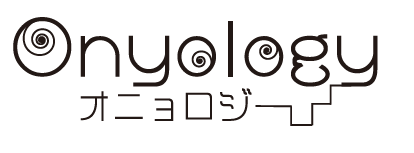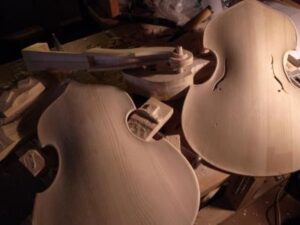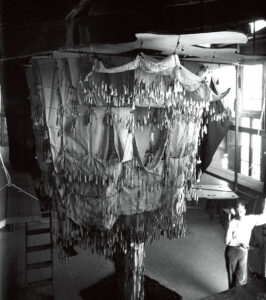A blind Geometrician
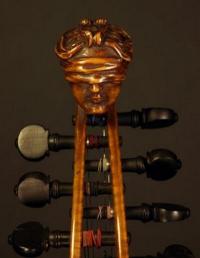
At the beginning of my research, I considered various ways to think about phonogram geometrically. The conclusion I reached was to assume that I was a blind geometrician by nature.
There is a geometrician here, but a blind.
He has never visually captured the shapes of circles and triangles like we do. Here, in mathematics, a circle is defined as a curve formed by a set of points on a plane (two-dimensional Euclidean space) that has the same distance from a certain point. Consider how we got the notion of distance.
As explained above, the compass is a reliable tool only with our visual perception, so we do not allow the use of the compass here. Similarly, it is forbidden to tie a string from one point and use it instead of a compass. If a blind geometrician can reach the concept of a circle without visual information and also make a compass, we will approve its use. For the blind, the concept of distance must be acquired by hearing and touching.
First, the blind geometrician brings something, two straight sticks, and traces the two by hand to compare the lengths. And he will come to the concept of the same length and gain a sense of distance.
Therefore, if he knows the mathematical definition of the circle, he can construct the same circle as us.
Next, let’s say you can make a disk. The size is a radius of 1 meter. For those of us who can see, it is easy to see that the outline of this disk is a circle, but how can a blind geometrician know that this disk is a circle and not an ellipse? The point to note here is that a blind geometrician can only recognize the reality by touching and hearing. You have no choice but to touch it, like when you compare the lengths of two sticks.
It’s a disk with a radius of 1 meter, so he has to walk by touching the edge and come back to the starting point. He marks the starting point when he first touches the disc. This mark is something he can touch. If he can touch and return to the original mark, then at least the perimeter of the object (disk) is closed.
Furthermore, the positive and negative curvatures of the outer circumference of the object (disk) can be found.
This is because the positive curvature is a bowl-shaped structure and the negative curvature is a saddle-shaped structure, so you should be able to tell by the difference in walking direction while touching.
Next, he has to find out if there is a hole inside the disk.He can be touched and confirmed within reach. But how does he check if it is out of his reach?
A blind geometrician cannot see, but he can hear. Therefore, by tapping a disk, he can determine if there is a hole by knowing the eigen frequency of the object.
This question was raised in Mark Kac’s famous paper “Can you hear the shape of the drum?”. And shows that “the sound of the drum tells us its area, circumference, and number of holes.” Therefore, the number of holes can be known even by a blind geometrician. Now, if he knows that the curvature is constant, he will be able to determine that it is a circle.
So how do you measure curvature?
Let us suppose that a blind geometrician tapped the edge of a disk with a stick and heard the echoes. Then he made a proposition.
<Proposition 1> When the echo sounds are the same on all the circumferences of the disk, the curvature of the circumference of the disk is constant.
Based on this proposition, he came up with a method of constructing a circle.
<Proposition 2> When the board is shaved so that the echo sound is the same at all points on the edge of the simply connected board, the shape of the board approaches the disk.
The geometry that can be thought of in this way seems to be the geometry of the blind. Then, think about whether the circle captured by the blind and the circle of ordinary geometry are the same concept of a circle. Is the circle that the mole knows and the circle that the bird knows are the same circle?
I believe that the idea of the geometry of the blind becomes the basic idea of the geometry of sound.
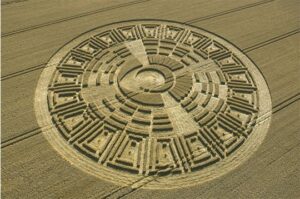
- カテゴリー
- BLOG
